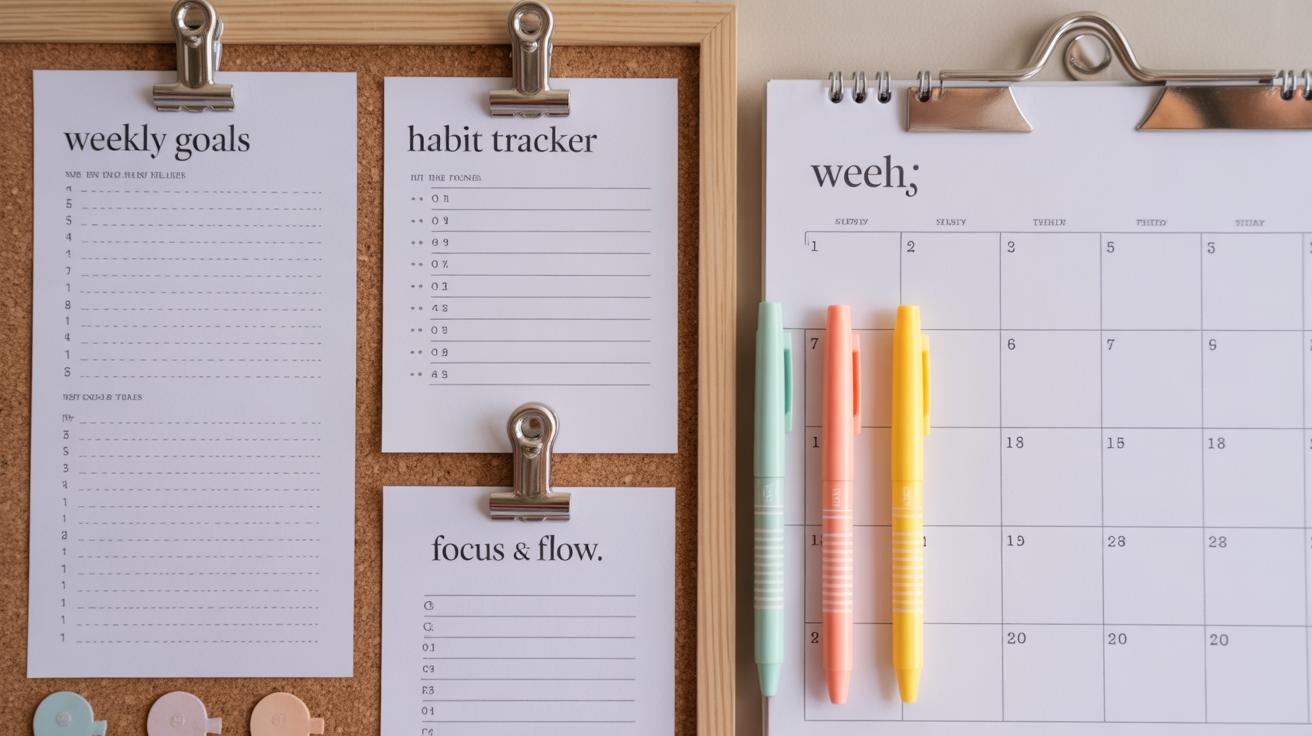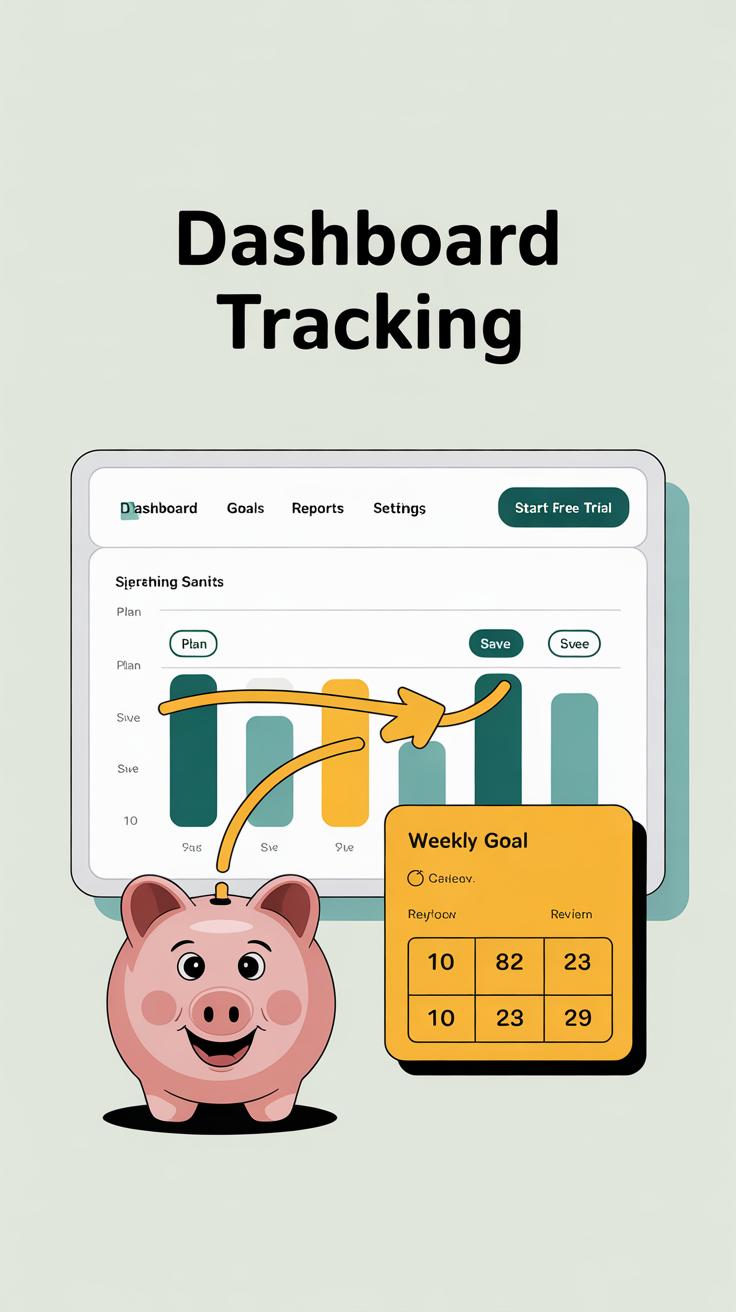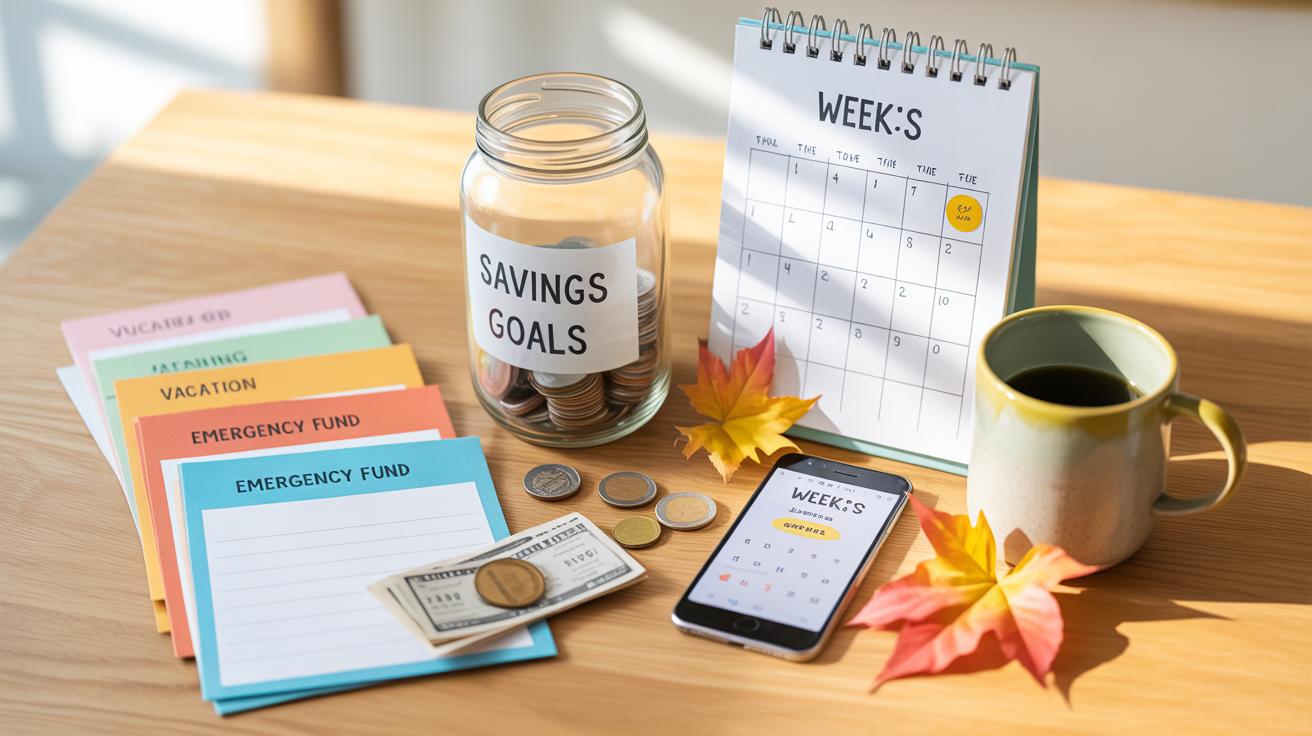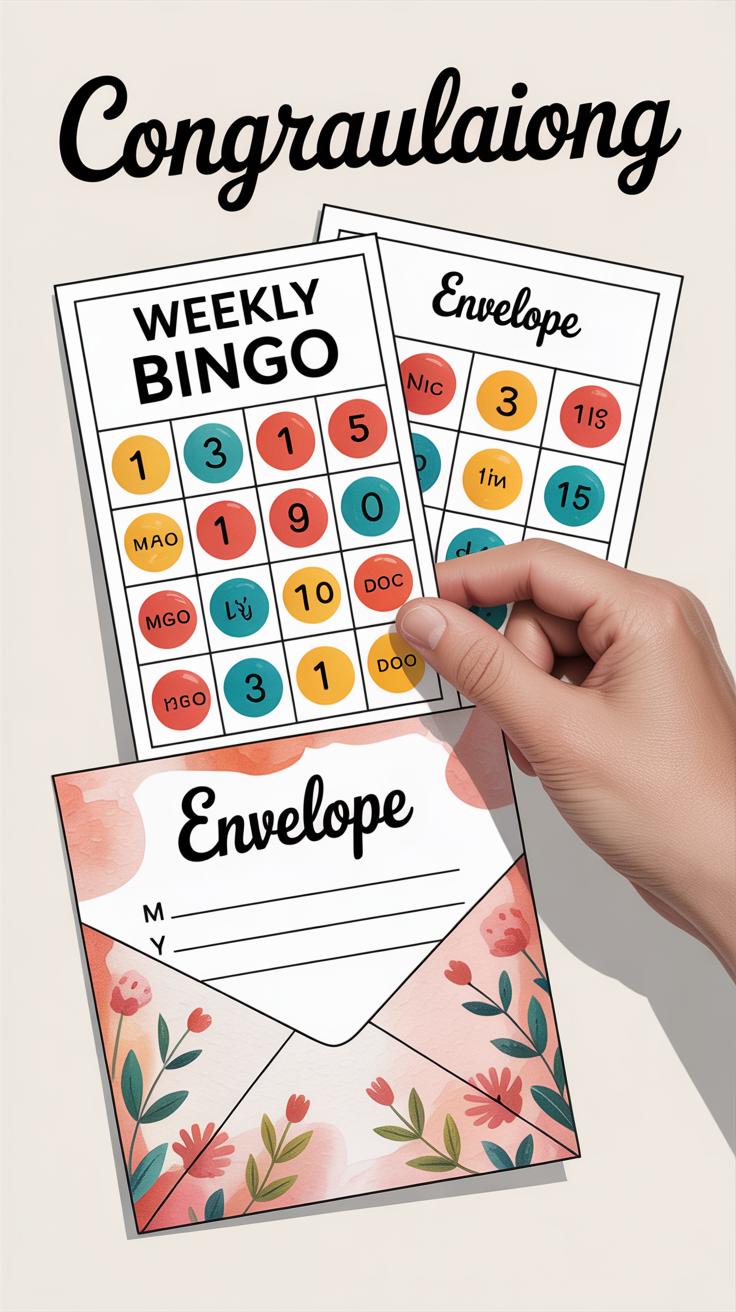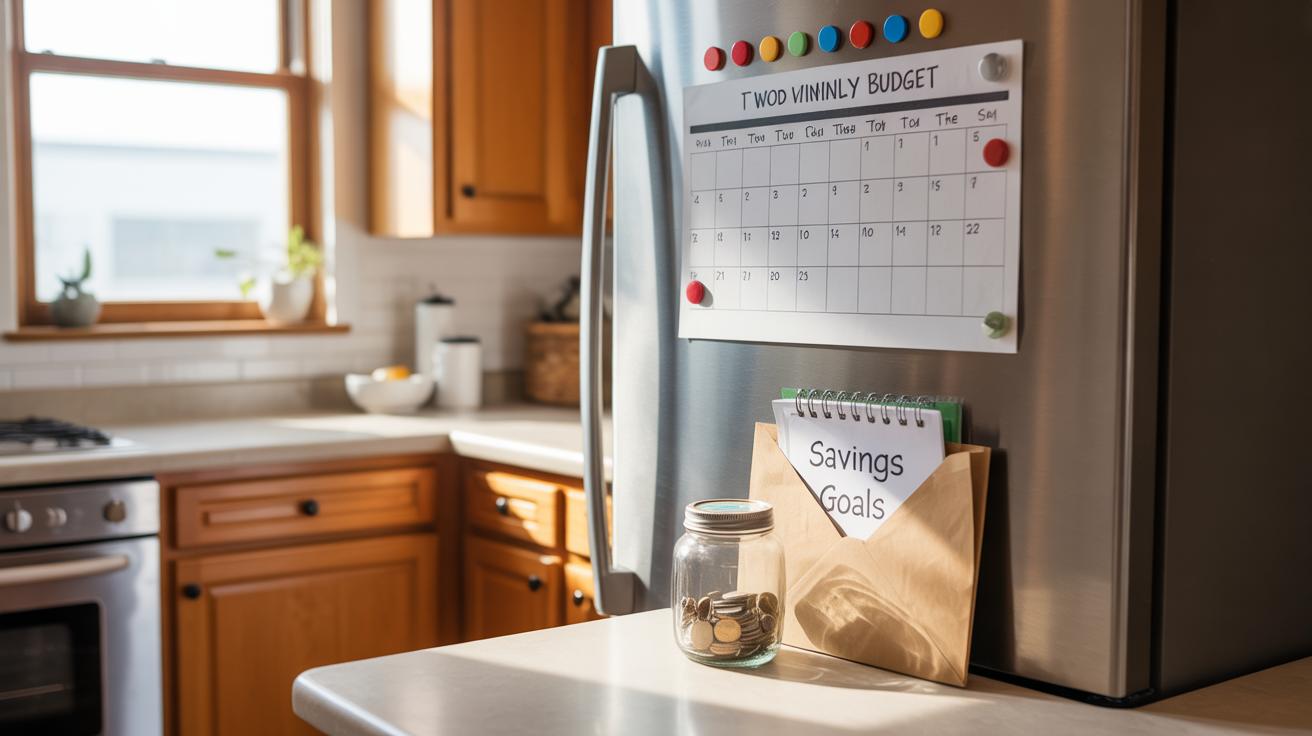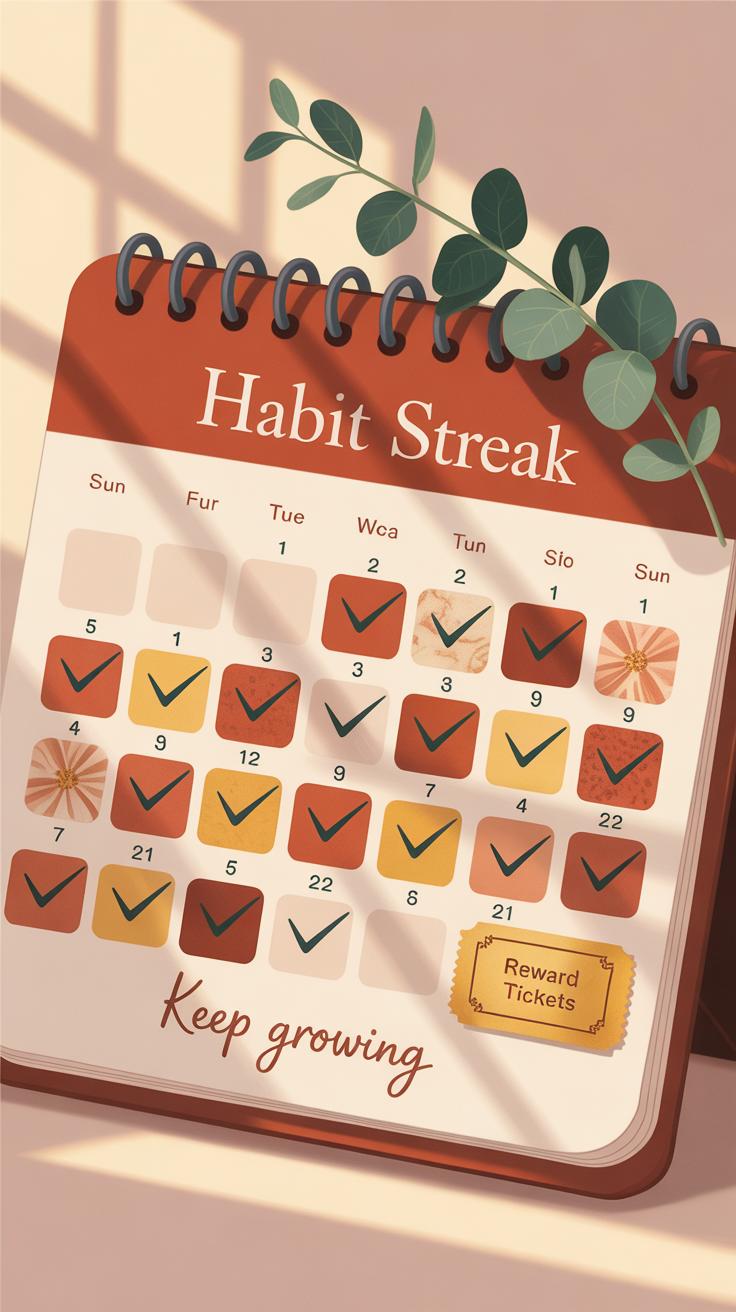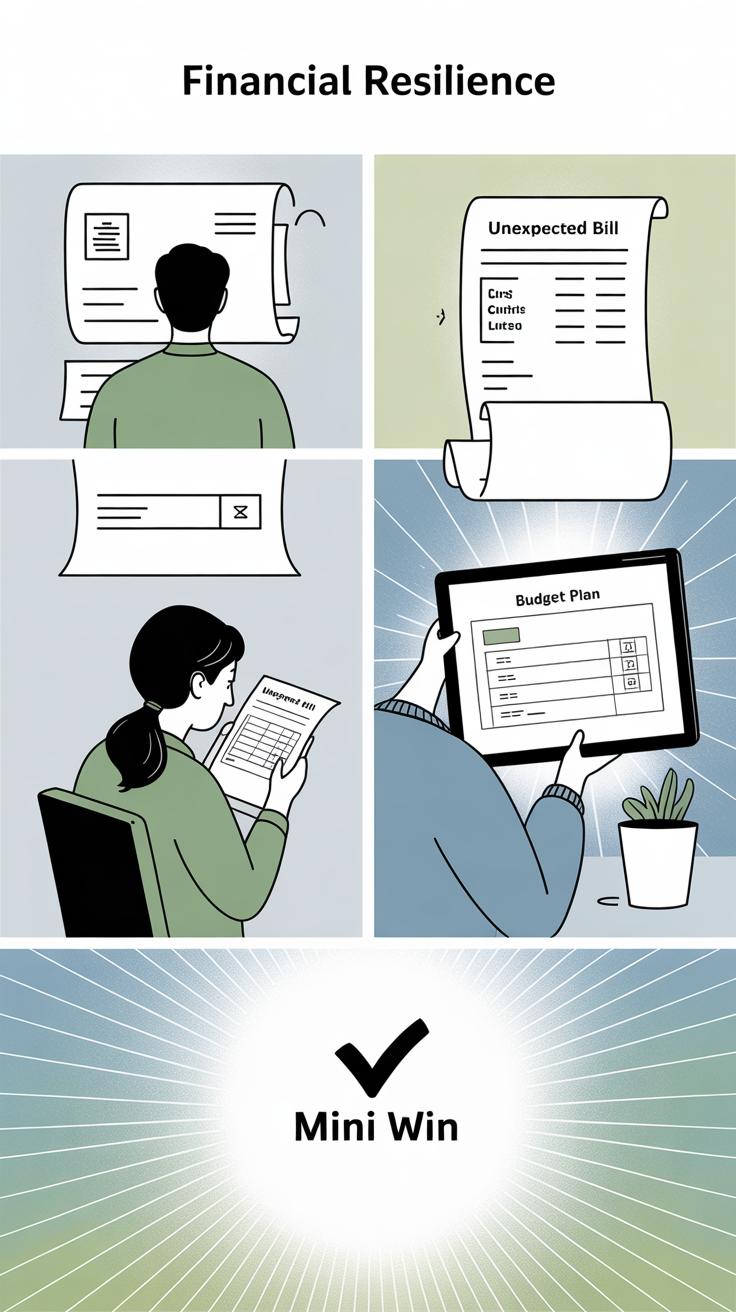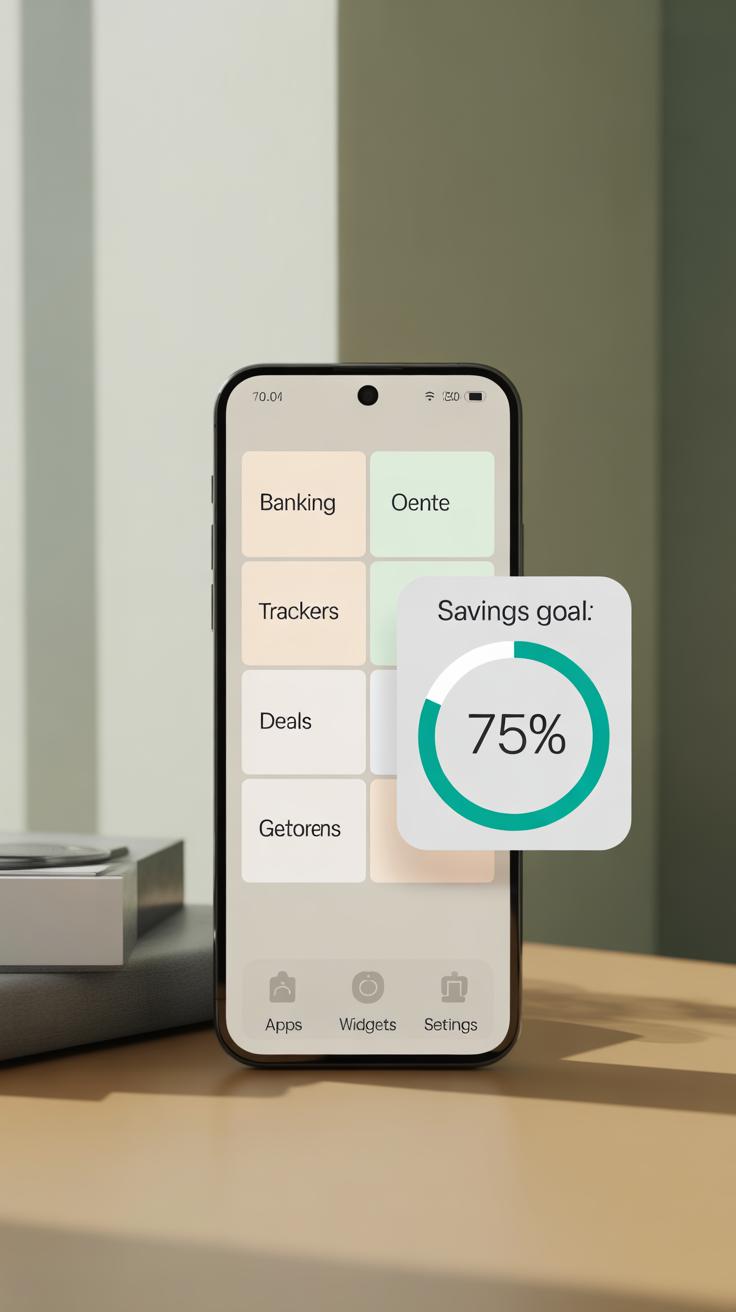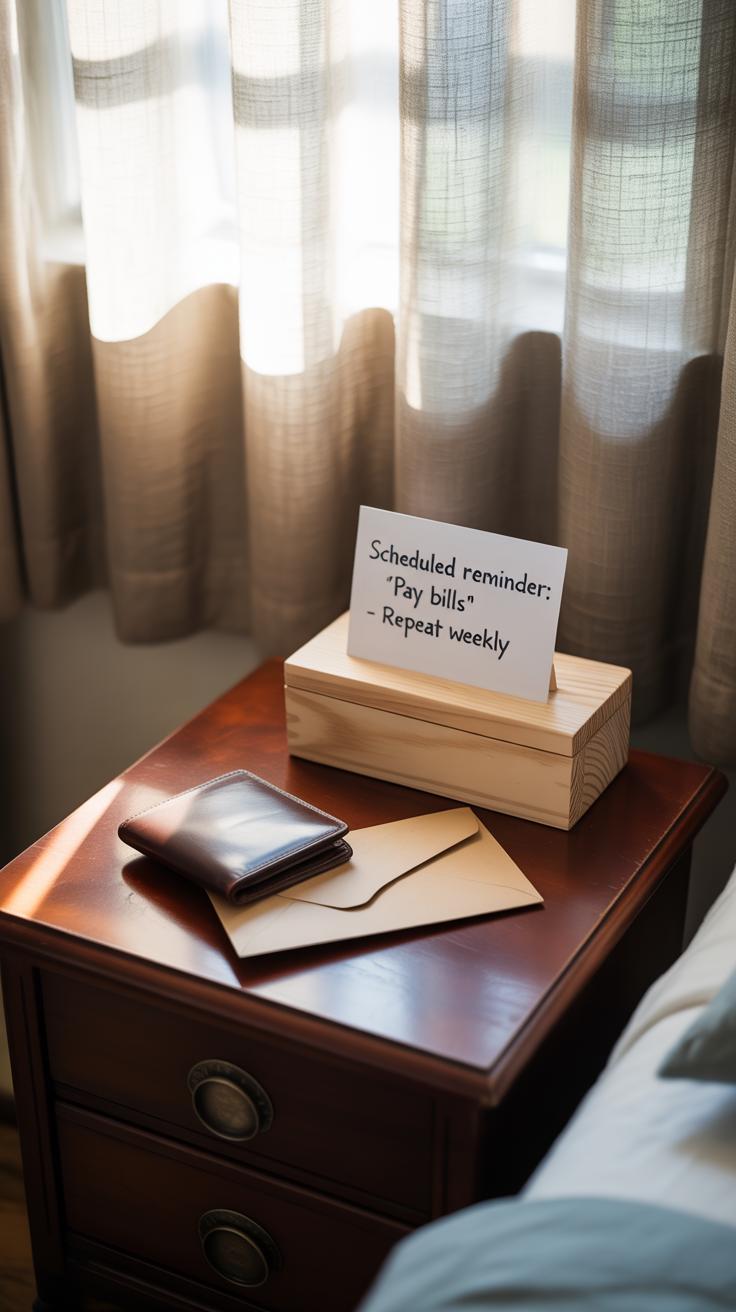Introduction
Money saving challenges can help you put aside money regularly and build a saving habit. Using a printable tracker makes it easy to visualize your progress and stay motivated. This article covers how to use a money saving challenge printable tracker and the rules to begin your saving journey today. Money saving is about spending less and saving more over time, and a challenge can make it approachable and fun.
By following simple rules and tracking your progress, you can save money even with a modest income or tight budget. Saving is one of the key steps to financial health, so starting today with a clear plan matters. We will explore nine chapters on how to choose a challenge, use a printable tracker, and make saving a habit.
Understanding the Money Saving Challenge
A money saving challenge is basically a structured plan where you set out to save a certain amount of money by putting aside small sums regularly. The goal? To help you build up your savings over time without feeling overwhelmed. Instead of trying to stash away a large chunk all at once—which for many isn’t really doable—you save little by little. That steady drip of disciplined saving can add up surprisingly fast.
At its core, this challenge nudges you to make saving a consistent habit rather than something occasional or accidental. You’re encouraged to save every day, week, or some other increment, making the idea of saving less intimidating and more doable for everyday wallets.
Why a Saving Challenge Works
There’s something about a challenge that pushes people forward. It offers motivation because there’s a clear target—whether it’s a week, a month, or a year-long journey. When you see how much you’ve saved so far, it actually feels rewarding. That visible progress keeps many going.
Plus, having set rules means you aren’t left guessing how much or when to save. This clarity helps turn saving from a vague intention into a regular action. Over time, these actions form habits, and habits stick.
And maybe you’ll find saving becomes less of a chore and more like a game. This change in perspective can make a surprising difference.
Different Types of Money Saving Challenges
There isn’t one single way to do these challenges. They come in many forms, so you can pick one that fits your lifestyle. For example:
- Saving a fixed amount every day, like $1, $2, or even $5.
- Saving varying amounts each week—perhaps $1 the first week, $2 the second, increasing gradually.
- The popular 52-week challenge, where week one you save $1, week two $2, and so on, ending up with over $1,300 by the year’s end.
Some find it easier saving the same amount regularly, while others prefer the weekly increase because the amounts stay small at first and grow later when they’re more accustomed to saving.
What’s interesting is that this flexibility lets you pick a challenge that doesn’t feel like punishment—and maybe actually fits your financial flow.
Choosing your money saving challenge
Picking the right money saving challenge depends on your unique income and lifestyle. Think about what feels doable for you—not just right now, but over the coming weeks or months. For example, if you have a tight budget, a challenge with smaller, regular deposits might be better than one asking for big lump sums.
Start by figuring out your goal amount and timeline. Do you want to save $500 in two months, or $2,000 over six months? The time frame affects how much you need to set aside regularly. But be careful—choosing something too tough might lead to frustration and quitting.
Look at how difficult the challenge is. Some involve daily saving with amounts rising each day, others keep it steady week by week. Which sounds sustainable to you? If you’re not sure, it’s okay to test a less intense one and then adjust.
Review your budget to see what you can safely put away. Track your monthly income and expenses realistically. Maybe after rent, bills, and groceries, there’s $50 to $100 free every week. That number matters — it sets your saving limit. Pushing beyond it risks falling short or feeling stressed.
Set goals that energize you but don’t risk burnout. Small wins build savings habits better than aiming too high and missing out. Try breaking a big goal into monthly or weekly amounts. Celebrate each milestone—it’s proven to keep motivation alive.
Have you ever tried saving but lost steam halfway? Maybe tweaking your challenge to fit what you can really handle will feel less like a chore and more like a habit. It doesn’t have to be perfect, just steady enough to build momentum.
What is a printable tracker and why use it
A money saving challenge printable tracker is basically a visual chart or sheet that helps you keep track of the money you set aside during your saving challenge. It’s not just for recording numbers, but to give you a clear picture of your progress. You might think of it like a roadmap for your savings—except it’s right in front of you, in a simple, tangible form.
Seeing your contributions grow over time can really push you to stick with the plan. When you mark off a day or a small savings goal, it feels kind of rewarding, almost like a mini accomplishment. This visual proof of progress makes staying on track less abstract and more real. And it’s easier to stay accountable when you see your progress slipping or accelerating. You can’t ignore it sitting there on paper.
Printable trackers come in various forms, which makes them adaptable to different preferences. Some people like simple checklists where each box represents a deposit or milestone—just tick and move on. Others prefer colorful charts that fill up with shading or stickers as you save more. Calendars work too, marking daily or weekly deposits to build consistency. You can even find creative designs shaped like jars or piggy banks, making the process less dull. It’s about picking what clicks for you, what makes you want to return and update it.
So, why use one? Because a tracker turns saving from an invisible, often forgettable task into something you can watch grow. This little boost in motivation might just be what you need to keep going.
How to use your printable tracker
When you add money to your savings during the challenge, the first step is simple: write down the amount in the designated space on your printable tracker. Each box usually represents a day or a specific savings goal. Just jot the number clearly, so you won’t get confused later. It doesn’t need to be perfect—just consistent enough to keep tabs on your progress.
Marking your savings regularly is key. I think this habit really helps you stay connected to the challenge rather than drifting away. Each time you cross off a box or fill in an amount, you get a little hit of accomplishment. It keeps the momentum going because you can literally see your effort stacking up over time. You might even find yourself looking forward to it.
Missed a day? Or maybe you could only put aside half the planned amount? Don’t stress yourself out by trying to catch up exactly. Instead, record what you managed to save anyway. It’s better to adjust than quit. For instance, if the plan said $20 but you only saved $10, note $10 and maybe redistribute future savings slightly. The idea isn’t to be perfect but to keep moving forward, even if slowly. Consistency beats perfection, usually.
Rules to start your money saving challenge today
Starting a money saving challenge can feel daunting, but it doesn’t have to be. The key is to keep the rules simple enough that you won’t want to give up after a few days. Think about this: what’s the smallest amount you could save that wouldn’t stress your budget? That’s your starting point. It might be $1, $5, or maybe even just loose change from your daily purchases. The goal is to build a habit without overwhelming yourself.
Consistency truly matters here. Try to save daily or at least every week. Missing one day won’t ruin the whole challenge, but if you stretch out breaks too long, the momentum fades. Set reminders or put a note near your tracker. Then, check your progress often—not just to see the numbers grow but to remind yourself why you began.
- Start with amounts you find manageable, not what you think you should save.
- Stick to your plan even during busy or stressful times; the habit is what counts.
- Review your tracker regularly, maybe every few days, to spot trends or obstacles.
- Adjust your saving amounts carefully if needed, but avoid skipping days or weeks.
Sometimes, you’re going to question the point of it all. That’s normal. The rules here aren’t strict commandments. They’re more like guidelines to keep you moving forward. If you find yourself hesitating, ask why. Is it the amount? The timing? Understanding your stumbling blocks can help you stick with it longer than you might expect.
Tracking Your Motivation and Rewards
Keeping your motivation high during a money-saving challenge can feel pretty tricky sometimes. It’s not just about putting money aside; it’s about knowing why you’re doing it in the first place. One way to stay on track is by setting up clear rewards for yourself. These rewards don’t have to be big or expensive—actually, small treats can work better. Maybe when you hit a certain savings milestone, you allow yourself a favorite coffee or an hour of uninterrupted relaxation. These moments give you something to look forward to and break the monotony.
Another helpful trick is to track why saving matters to you personally. Writing down your reasons—whether it’s for a vacation, an emergency fund, or even peace of mind—can remind you why every dollar counts. It’s easy to lose sight of this when life gets busy, but reviewing your goals now and then helps keep that inner fire burning.
Milestones work well here, too. Marking progress visually on your tracker offers a tiny sense of achievement. Reaching $100 might not seem huge, but celebrating it can reinforce good habits. You might even share your wins with a friend or family member for a little external cheer.
At times, your reasons for saving might shift or feel less urgent, and that’s normal. But going back to your initial ‘why’ can shake off doubts or temptations. Ask yourself: what feels different now that I’m saving? What will I gain if I keep going? Sometimes the motivation comes back just from asking those questions.
Overcoming challenges in saving
Saving money can be tricky, especially when life throws unexpected expenses your way. Maybe your car needs a sudden repair, or a medical bill pops up out of nowhere. These moments can shake your progress and temptation to pause the challenge altogether creeps in. But stopping isn’t your only option. Having a backup plan for tight times helps. For example, you might set aside a small emergency fund before starting or decide that on tougher weeks, you’ll reduce your savings amount instead of skipping it completely.
When motivation dips—something that happens to almost everyone—try shifting your focus back to why you started. Maybe revisit your printable tracker and see how far you’ve come. Missing a day or an amount doesn’t erase your efforts. Getting back on track is a choice you make every morning; it might mean saving a bit more the next day or simply acknowledging those slip-ups aren’t failures. What’s important is that you keep going, not that you’re perfect.
So, when challenges arise, ask yourself: Can I adjust the rules temporarily without quitting? Is there a smaller step forward right now? Managing those moments is what keeps the challenge sustainable and realistic over the long haul.
Using technology to help with your money saving challenge
Apps and digital tools can make money saving challenges feel less like a chore and more like a game you’re actually winning. If you’re someone who gravitates toward your phone instead of paper, apps that track savings automatically can be quite handy. For instance, apps like Qapital or Digit monitor your spending patterns and quietly transfer small amounts into your savings. They do the math for you and adjust based on your habits, which sometimes feels like having a financial buddy who nags less but keeps you accountable anyway.
Another popular choice is the app YNAB (You Need A Budget), which helps you set clear saving goals and ties every dollar to your plan. You can see your progress in real time, which is oddly motivating. It’s not just about writing things down; it’s about capturing each transaction and seeing how it nudges your saving bucket.
Still, printable trackers hold their charm. Somehow, ticking off a box or coloring in a section feels more real than scrolling on a screen. What if you combined both? You might track big goals with an app for updates on the go, but keep a tangible tracker on your desk for daily reminders. When you write your progress, you reinforce your commitment, while relying on tech to catch the details you might miss.
For example, you could use an app to monitor automated savings transfers and then update your printable tracker every evening. This mix lets you enjoy the best of both worlds—visual satisfaction and digital precision. Have you tried blending both? Sometimes, it feels a bit redundant but also oddly reassuring, like covering your bases twice.
Building lasting saving habits after the challenge
Completing a money saving challenge can feel like a real win. But the bigger question is—what happens next? Finishing that initial push often sparks a new mindset about money. You might find yourself thinking twice before spending or looking for small ways to tuck money away more often. It’s those little moments repeated over time that start to shape a habit.
Saving regularly—even in small amounts—builds momentum. Repeating this pattern helps it sink in, almost like muscles getting stronger with exercise. It doesn’t have to be dramatic every time. Even consistent, modest deposits into your savings can stick with you, long after the challenge ends.
Keeping this habit alive depends on setting new intentions. Here are some ideas to keep the streak going:
- Pick a new saving goal—maybe an emergency fund, a trip, or a gadget.
- Try another challenge—12-week no-spend or a weekly roundup savings plan.
- Schedule a monthly check-in to review your progress.
- Mix digital tools with your printable tracker for a fresh approach.
Sometimes, you might slip up or lose motivation. That’s okay. The key is to start again rather than giving up. After all, habits don’t form overnight, but they do come from persistence. What’s one small extra saving step you can take today that you might build on tomorrow?
Conclusions
You have learned how a money saving challenge can motivate and guide your saving efforts. Using a printable tracker helps you see your progress and stay disciplined. The rules shared ensure that you have a realistic and manageable saving plan.
Starting a money saving challenge today is the first step toward better financial habits. Whether your goal is to build an emergency fund or simply save more each month, following this guide gives you the tools and mindset needed. Stay consistent, track your savings, and watch your money grow step by step.


